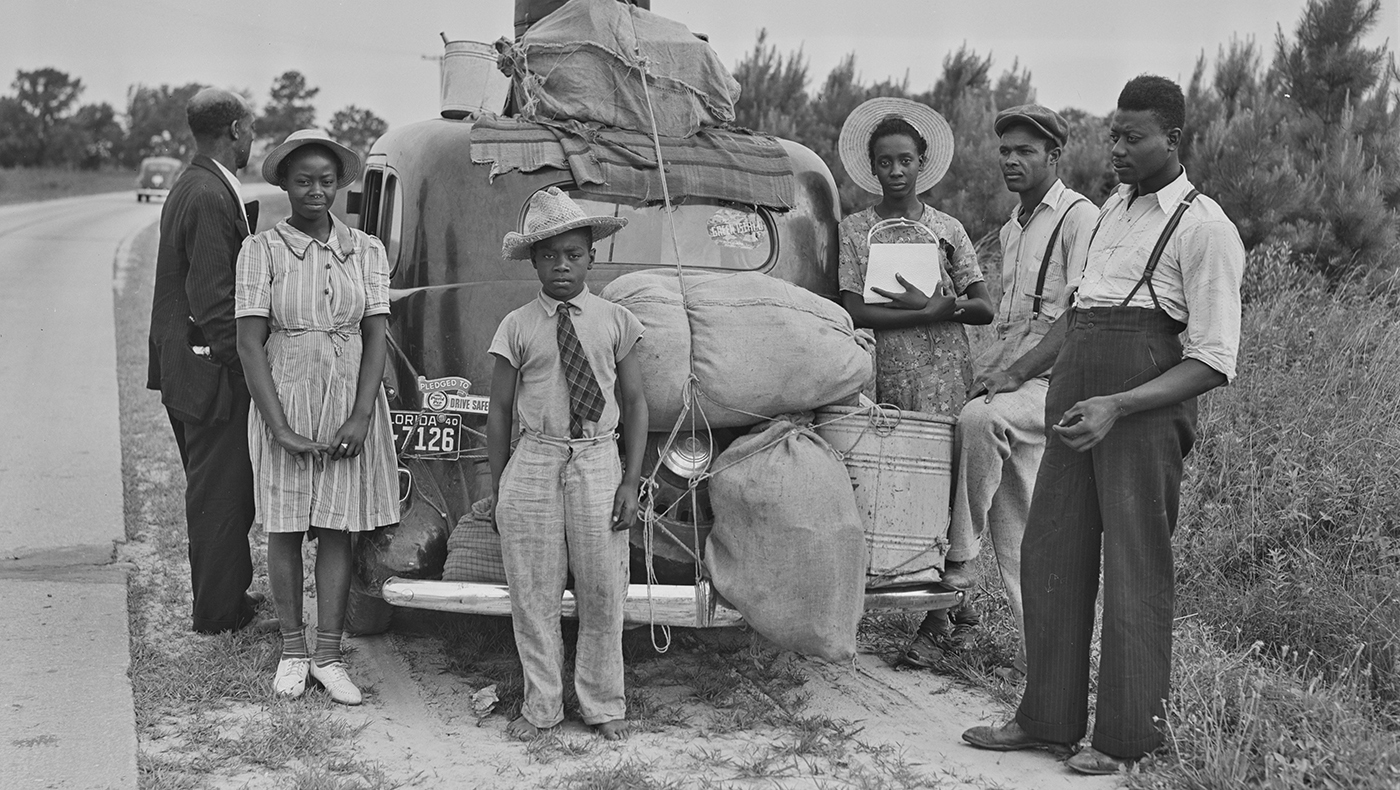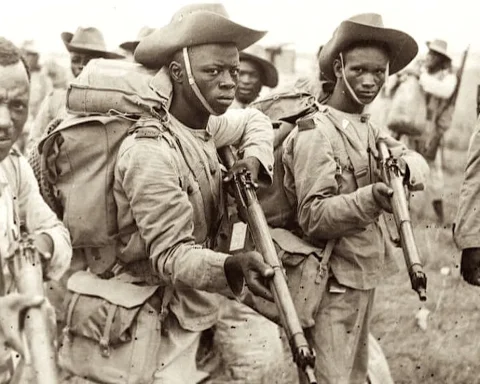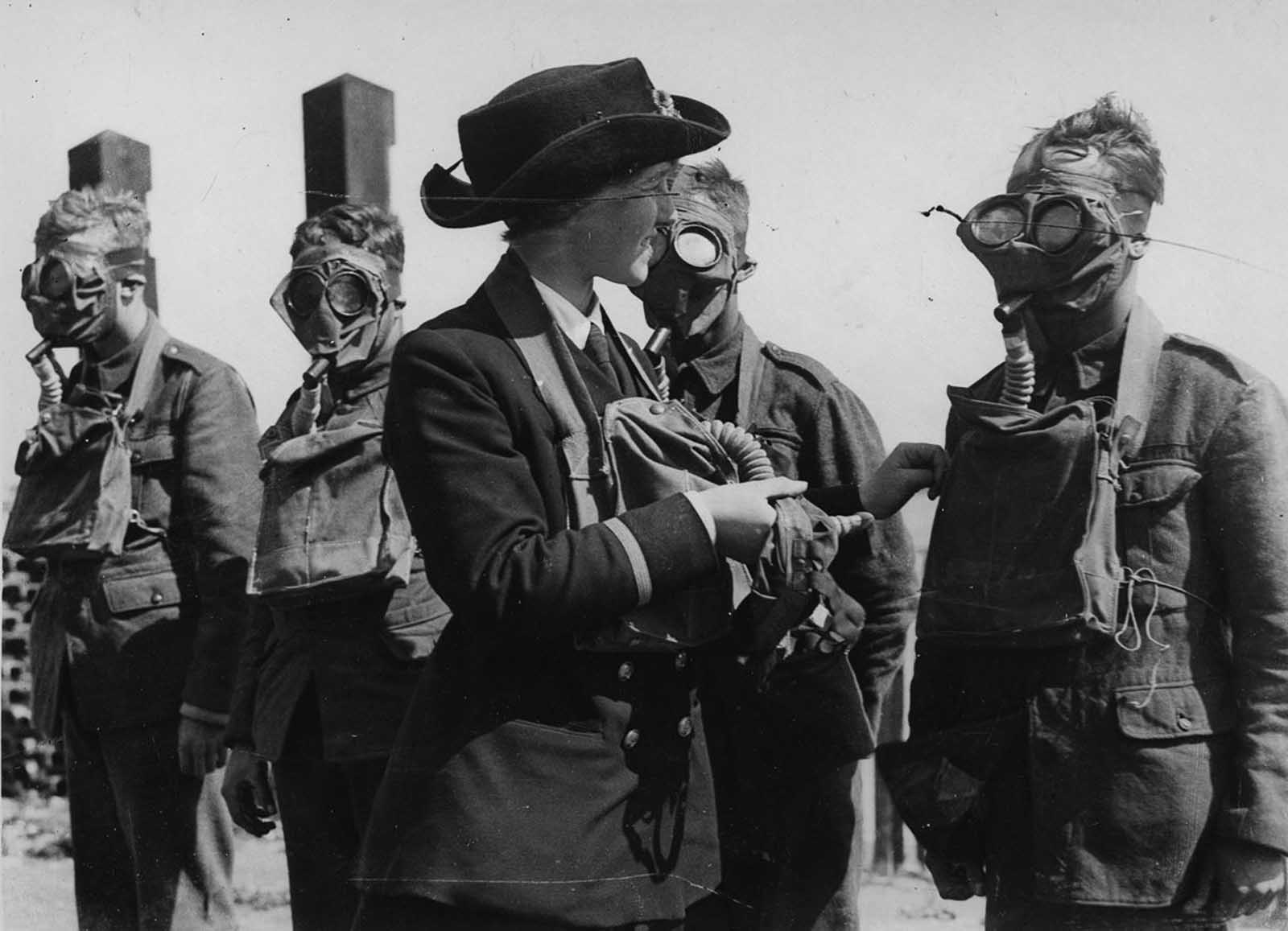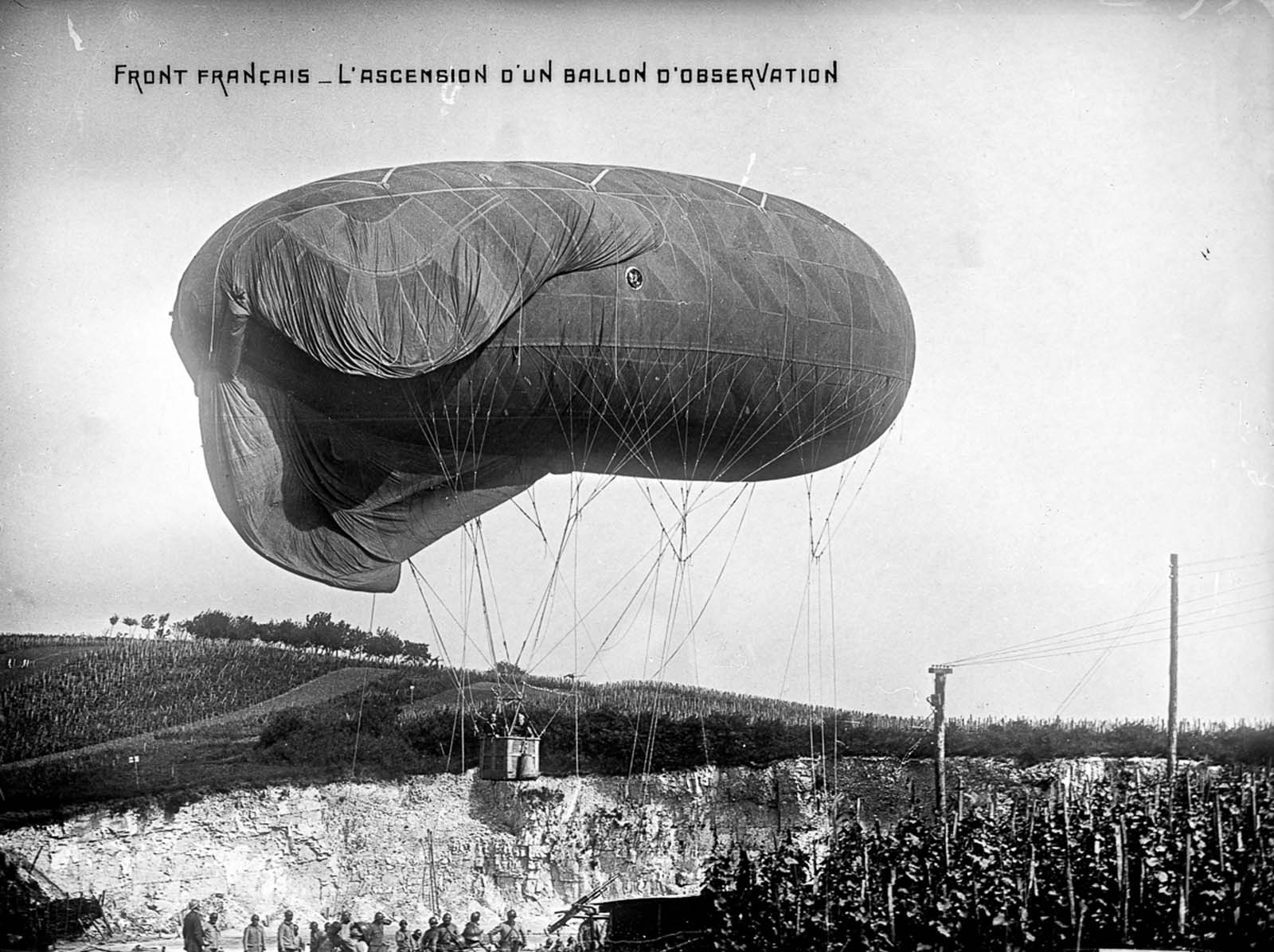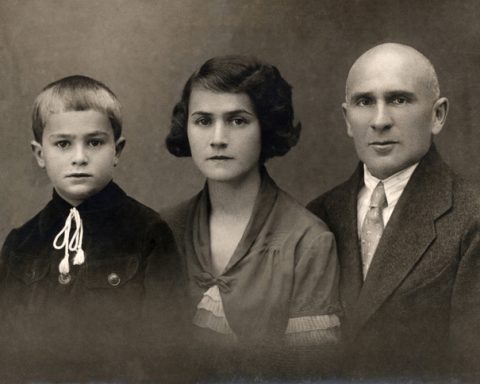The Great Migration was a significant movement of people in the history of the United States. Roughly six million Black people migrated from the American South to the Northern, Midwestern, and Western states during the period of 1910s to 1970s. The primary motive behind this mass migration was to escape racial violence, pursue better economic and educational opportunities, and attain freedom from the oppression of Jim Crow.
The Great Migration is a notable event that is usually divided into two phases, which correspond to the participation and effects of the United States in both World Wars. The First Great Migration (1910-1940) saw a large number of Black southerners relocate to cities in the northern and midwestern regions such as New York, Chicago, Detroit, and Pittsburgh.
During World War I, as the war effort intensified in 1917, many able-bodied men were sent to fight in Europe, which left their industrial jobs vacant. The labor supply was further strained due to a decline in immigration from Europe, and restrictions on people of color from other parts of the world. As a result, this created an opportunity for the Black population to become the primary labor supply in non-agricultural industries.
Between the First and Second World Wars, approximately 2 million African Americans migrated from the Southern states to other parts of the country. While some were able to find better jobs and escape the harsh realities of Jim Crow laws, many still faced significant challenges and injustices. These difficulties were often fueled by tensions and prejudice from white people who struggled to adjust to the demographic changes in their local communities. The Red Summer of 1919 was a particularly violent example of this underlying tension.
World War II led to a significant expansion in the United States’ defense industry, which resulted in more job opportunities for African Americans in other regions. This encouraged a massive migration that continued until the 1970s. During this period, a larger number of people moved to the North and further west to major cities in California like Oakland, Los Angeles, and San Francisco, as well as to Portland, Oregon, and Seattle, Washington. Within two decades of World War II, another 3 million Black people migrated throughout the United States.
During the second phase of the Great Migration, black people who moved to new areas were often faced with housing discrimination. This was because many localities had started implementing restrictive covenants and redlining, which created segregated neighborhoods. Unfortunately, these practices also served as a foundation for existing racial disparities in wealth in the United States.
